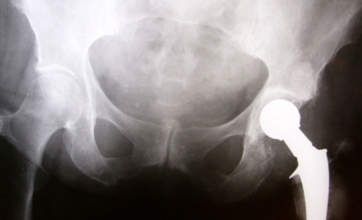Demand for orthopedic devices on the rise
The orthopedics market is poised to explode, and manufacturers are preparing themselves for the surge. A recent iData report indicates that the market for orthopedic trauma devices in the United States is expected to approach $8 billion per year by 2020. Tracing the same timeline, companies that develop and manufacture orthopedic implants have been investing money into upgrading factories and training facilities. This will go a long way toward ensuring that the U.S. has both the hardware and trained professionals to meet the increased demand for orthopedic devices.
Increased usage of titanium
Since the 1950s, titanium has been used extensively in surgery because of its high rate of biocompatibility. Essentially, titanium is less likely to be attacked by immune systems, making it excellent for screws, plates and other medical implants. Historically, surgeons have used both stainless steel and titanium, but stainless steel is becoming less popular as titanium sees wider use. Although titanium is better than stainless steel, it is also more expensive, which contributes to the orthopedic trauma device market growth, but does not account for all of it.
Aging populous
The other factor is demand fueled by an aging population. The Census Bureau estimates that by 2050, the number of elderly citizens in the U.S. will double to 80 million. Already, there are 350,000 hip fractures per year, and as the number of senior citizens goes up, it is a safe guess to suggest that so too will the number of hip fractures. From broken legs and arms to ligament tears and fractured skulls, there are many other injuries that are treated with orthopedic trauma devices. However, those numbers are expected to stay roughly the same since they are not directly linked to the population increase of elderly people.
Manufacturers preparing in advance
Companies like MicroPort Orthopedics are preparing for this increased demand for titanium implants, screws and plates by investing millions in their infrastructure. MicroPort's investment is partly meant to increase its manufacturing capacity in order to keep up with the increased demand, but it is also expanding educational facilities. Its campus in Tennessee will serve to train both surgeons and sales forces in the specifics of its devices and the corresponding orthopedic coding. Although this is a large investment, MicroPort hopes it will pay off as demand for its product increases over the next five years.



